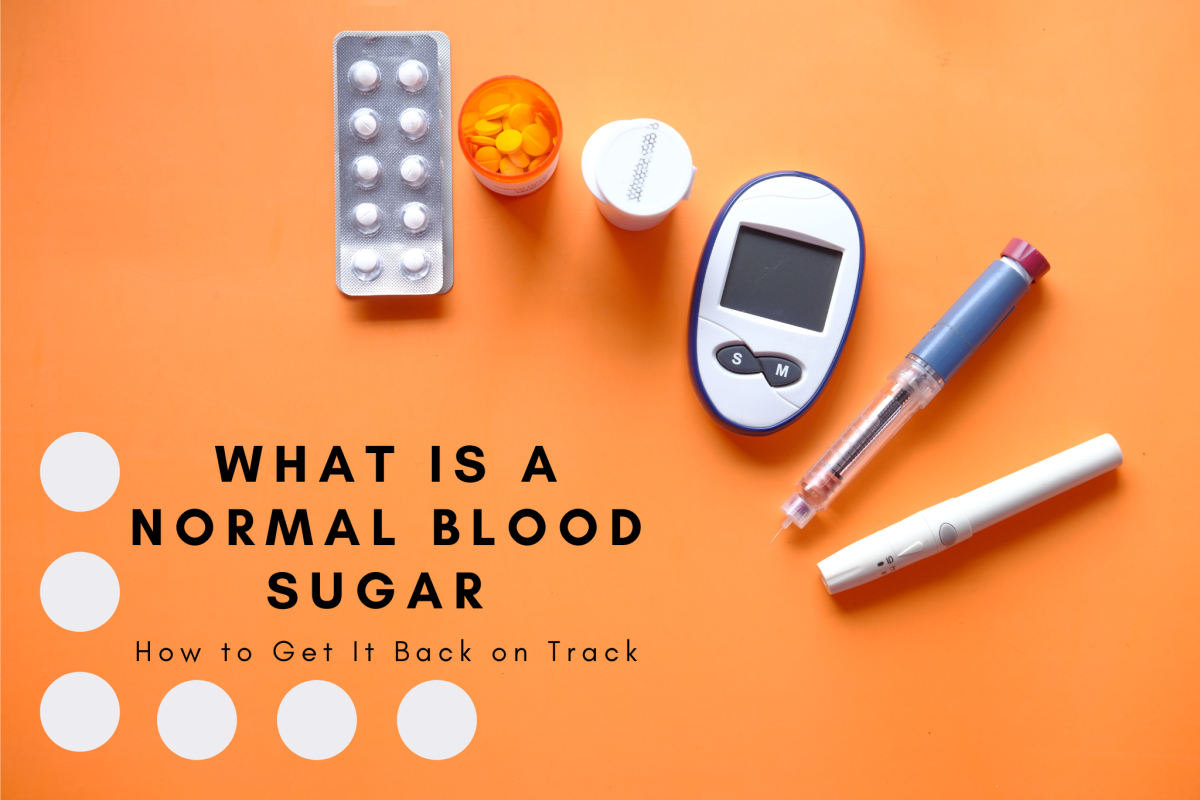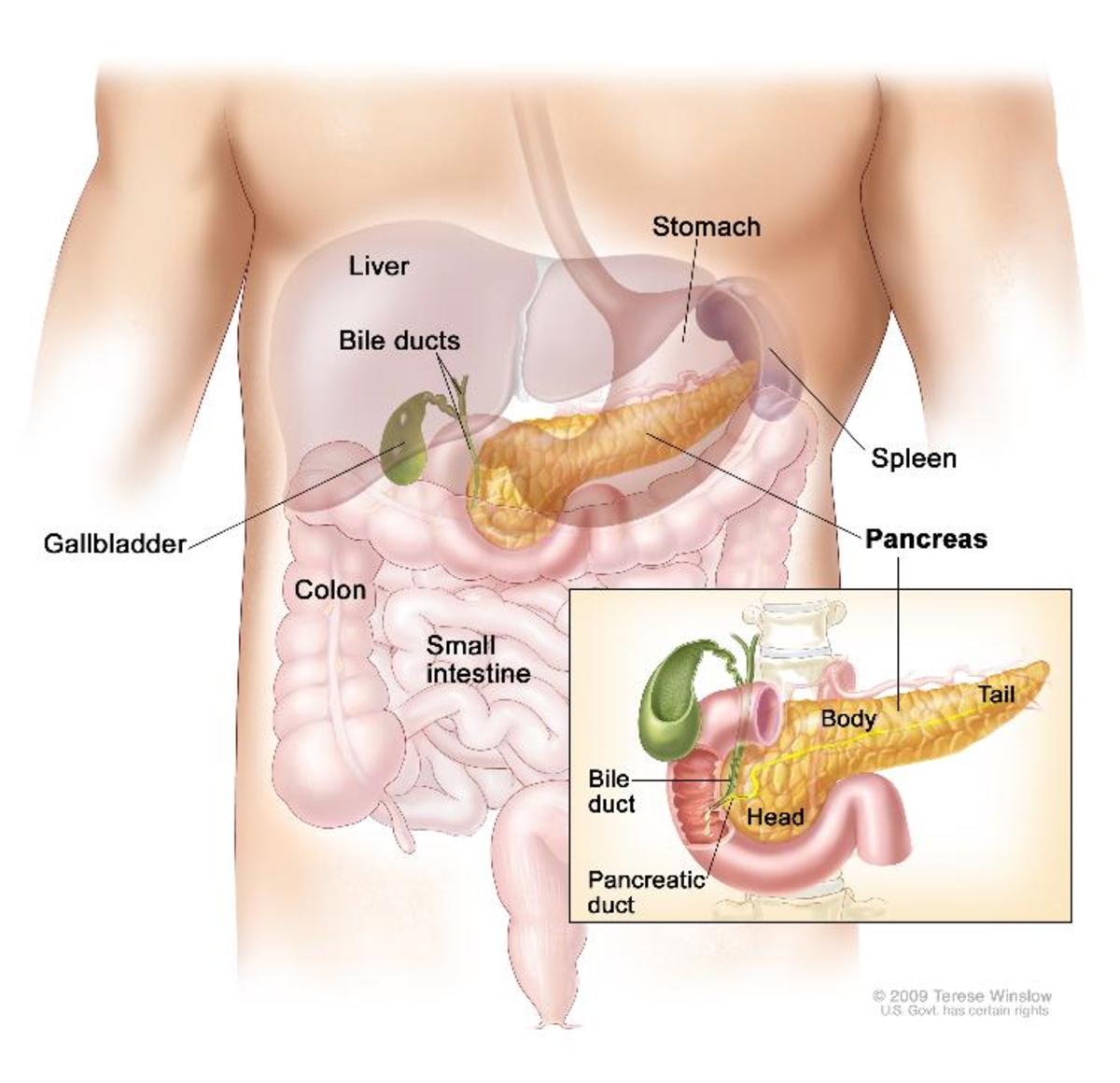Diabetes Enhances Muscle Loss: Prevention of Muscle Loss

From the time we are born to around 30 years, our muscles grow larger and stronger. But from our 30s onwards, we start losing muscle mass and function. This is called sarcopenia with aging. It typically happens faster around age 75. But it may also speed up as early as 65 or as late as 80. Sarcopenia has been linked to an increased risk of physical disability, depression, debilitating falls, and death.
Normally, physically inactive people can lose as much as 3% to 5% of their muscle mass each decade after age 30. Even if one is active, one will still have some muscle loss. It suggests there are other factors responsible in its development.
Across the planet, millions of people suffer from diabetes. It has been found that sarcopenia is much faster in diabetics than those who don’t have diabetes.
Muscle loss and diabetes –
Despite many other health problems, diabetes mellitus is associated with a decline in skeletal muscle mass. The researchers at Kobe University Graduate School of Medicine revealed that elevation of blood sugar levels leads to muscle atrophy and that two proteins, WWP1 and KLF15, play key roles in this phenomenon. These findings were published on February 21, 2019 in the online edition of JCI Insight.
It was discovered that among diabetic mice muscle atrophy was attributed to the protein KLF15. Elevated blood sugar levels slow down the degradation of the KLF15 protein. The protein WWP1 also expedites this process contributing to the slow degradation of KLF15. Thus both contribute to speeding up sarcopenia in diabetics.
Other factors that enhance muscle loss in diabetics -
Other factors that are responsible for muscle loss are:
- Sedentary lifestyle –
The disuse of muscle is one of the strongest triggers of sarcopenia, leading to faster muscle loss and increasing weakness. It becomes a vicious cycle. A decrease in muscle strength results in greater fatigue, making it more difficult to return to normal activity. Two to three weeks of decreased regular physical activity is enough to decrease muscle mass and strength.
Physical inactivity has long been known to be one of the most important risk factors that drive the development of type 2 diabetes.
- Unbalanced diet –
A diet high in fat, calories, and cholesterol increases the risk of diabetes. A poor diet can lead to obesity, another risk factor for diabetes. Therefore, a proper diet will not only help manage diabetes but will prevent loss of muscle mass in those suffering from diabetes.
- Inflammation –
After injury or illness, inflammation takes place in the body. Chronic or long-term diseases can result in inflammation that disrupts the normal balance of teardown and healing, resulting in muscle loss.
Excess body fat, especially in the abdomen, causes continuous low levels of abnormal inflammation that alters insulin's action and contributes to diabetes. In addition, obesity promotes muscle loss by causing chronic inflammation in the body.
- Severe stress –
Sarcopenia is also common in many health conditions that increase stress in the body. Diabetes management is a lifelong process, which can add stress to our daily life. Further, stress can be a major barrier to effective glucose control, thereby creating further problems in its management. It becomes a vicious cycle, wearing one down mentally and physically. This contributes more to the development of muscle loss.
Preventing loss of muscle loss in diabetics –
The following strategies would prove effective in the prevention of muscle loss in diabetics:
- Exercise –
Individuals tend to lose muscle mass as they age. Those with diabetes tend to lose muscle mass faster than non-diabetic individuals of the same age. Fortunately, strength exercises can increase muscle mass and improve blood glucose levels in people with diabetes.
In addition to regular aerobic exercise, a regular strength training program is recommended at least two or three times a week for people with diabetes. Strength training activities include using free weights or weight machines at a fitness facility, using resistance bands, lifting light objects in the home and engaging in exercises that use one’s own body weight such as push-ups, sit-ups and squats.
The ratio of a person’s muscle mass to the total body weight is called the skeletal muscle index. The research has shown that for every 10% increase in the skeletal muscle index, there is an 11% reduction in insulin resistance and a 12% reduction in the risk of pre-diabetes, a borderline condition in which a person’s blood glucose level is higher than normal but not high enough to be considered diabetic. Therefore, regular muscle building exercises not only help manage diabetes but also prevent muscle loss.
- Healthy diet -
Proteins intake -
According to the American Diabetes Association, people who want to build muscle should choose proteins that will not be high in calories or saturated fat. The best choices include lean meat, poultry with the skin off, and fish such as cod, halibut, salmon and tuna. Beans are often overlooked but can be excellent sources of protein and fiber. The consumption of black, lima or pinto beans several meals per week would bring about an increase in energy and muscle tone. Beans, lentils, and peas are all good choices.
The consumption of fat free or low fat milk and dairy products helps people maintain their lean body mass. This effect on lean body mass is mainly due to milk proteins. This is because branched-chain amino acids, particularly leucine, which is found in great quantities in dairy products, are a key element in protein synthesis and plays a vital role in protein metabolism. This amino acid has an anabolic effect on muscles and thereby promotes the maintenance of lean body mass.
Consumption of whole grains and cereals –
The evidence from nutritional epidemiology suggests a positive association between healthier dietary patterns and muscle health such as muscle loss and function, which also includs physical performance and mobility decline in older adults.
The consumption of good quality carbohydrates that are low in fat such as whole-grains and cereals helps boost muscle strength and function. The whole wheat and cereal products will give plenty of health boosting non-enriched carbohydrates.
Consumption of healthy fats –
Contrary to the fat-free trend, we actually need fat in our daily diet. Our body relies on fat to supply energy to muscles during activity. How much fat a person needs varies. As a general guideline, fat should make up 20 to 35 percent of our total calories. The sources of healthy fats include extra-virgin olive oil, canola oil, walnuts, pistachios, almonds, avocados and fatty fish such as salmon, halibut, mackerel, sardines and trout.
- Stress management –
Effective stress management helps one break the hold stress has on one’s life. But stress management is not one-size-fits-all. That’s why it’s important to experiment and find out what works best for an individual.
The last word –
According to American Diabetes Association, in 2018 there were more than 500 million prevalent cases of type 2 diabetes worldwide and the prevalence will increase in all the countries. The greatest increase in prevalence is, however, occurring in low and middle-income countries, including in Asia and Africa, where most patients will probably be found by 2030. Notwithstanding the economic burden the diabetes exerts on the individuals as well as the nations, one can easily understand the disability it is very likely to cause, including sarcopenia. As a matter of fact, our lifestyle is all the more responsible for its ever increasing prevalence. We would have to look into our lifestyle and change it optimistically to cut down its debilitating effects.
Reference -
Kobe University. "How diabetes causes muscle loss." ScienceDaily. ScienceDaily, 22 February 2019. <www.sciencedaily.com/releases/2019/02/190222101309.htm>.








